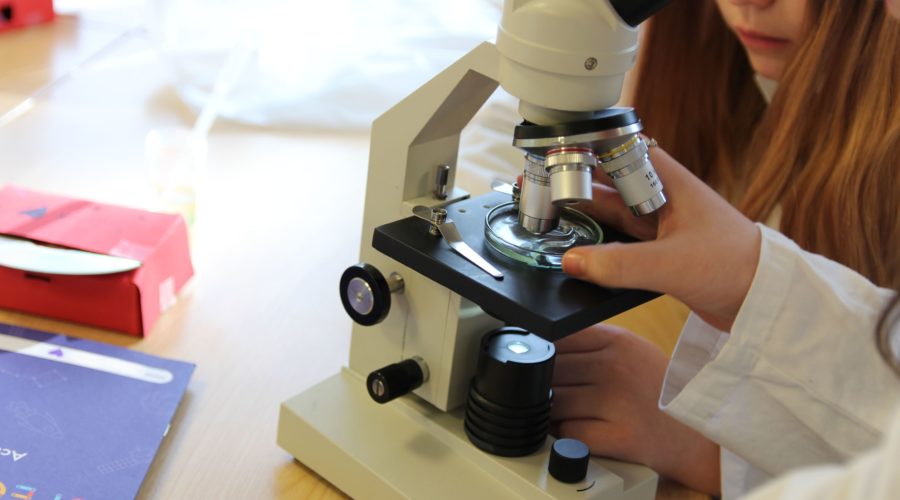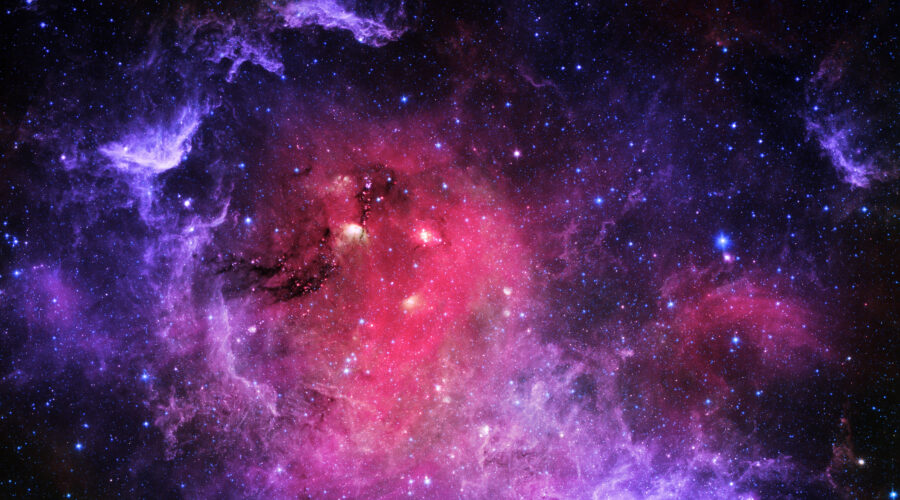
Pupils will make their own pH indicator from red cabbage to test whether common household substances are an acid or an alkali.

Pupils will learn about radiation, focusing on the different types of radioactive sources and how they can be used in nuclear fission and fusion reactors. This will be shown through a series of demonstrations and activities which explore how we can detect different types of radiation. We will also discover the radiation that is all around us.

Pupils will learn about forces that contribute to buoyancy. They will design and build their own boats to see who can build a boat that floats.

Pupils will learn about rates of reactions and variables by testing how the rate of photosynthesis in plants is affected by changing light intensity.

Pupils will explore how animal cells respire and produce energy and learn about the energy stored in different foods.

Pupils will build their own solar cells from raspberries which will be capable of producing electrical energy from sunlight and will discuss how this relates to photosynthesis within a plant cell.

Pupils will examine the features of plant and animal cells by looking at how they produce and store energy essential to life.

Pupils will learn about different types of feathers and how their structures are adapted to their job.

Pupils will learn about food webs and how some organisms within the web provide ecosystem services (e.g. bees pollinating plants, etc.). There will be two hands-on activities. In the first, pupils will dissect owl pellets to investigate what small animals the owl has been eating by looking for their bones within the pellet. They will then construct their own food web of the organisms they find. In the second activity, pupils will make their own “bee hotels” out of wood and recycled materials, which can be placed outside as a place for bees and other pollinators to live inside.

Pupils will explore green energy sources and look at how emerging technologies, such as hydrogen fuel cell cars, can reduce humanity’s impact on the Earth’s climate.

Pupils will learn about adaptation and the relationships between different species, including predator-prey, parasitism and symbiosis in marine ecosystems.

Pupils will learn about forces including air resistance. In groups they will modify R/C cars then race to see who’s is the slowest.

Pupils will dissect an Atlantic mackerel to discover how they are adapted sufficiently to hunt and survive in the open oceans. We will go through the external and internal adaptation of the Atlantic mackerel that away it to exploit its niche.

Pupils will look at how the properties of a material are affected by its particle structure and explore different ways of changing a material’s state of matter.

Pupils will learn about amino acids and protein structure, they will develop their understanding of protein structure by modelling proteins on wire and manipulating them based on the interactions of the side groups. They will also learn about the role of proteins in the body and where we get them, to demonstrate this they will use a biuret solution to test foods for proteins.

Pupils will learn about bioelectricity and how living organisms are regulated through internal electrical signalling.

Pupils will build and test their own circuits and explore how the electrical current in their circuits is created by moving electrons.

Pupils will discover chemical reactions, called Redox reactions, that can be used to create electricity.

Pupils will learn about spectroscopy and how it is used to study stars and the Universe.

Pupils will discover what life as an astronaut is like and explore what happens to the human body in space.

Pupils will discuss how their dependence on plastics is having negative effects on wildlife, and the impact this has on the environment.

Pupils will discover the importance of water as a resource and learn about how human activity is polluting water.

Pupils will learn how to identify the shapes of constellations and discover some of the stories behind their names.
